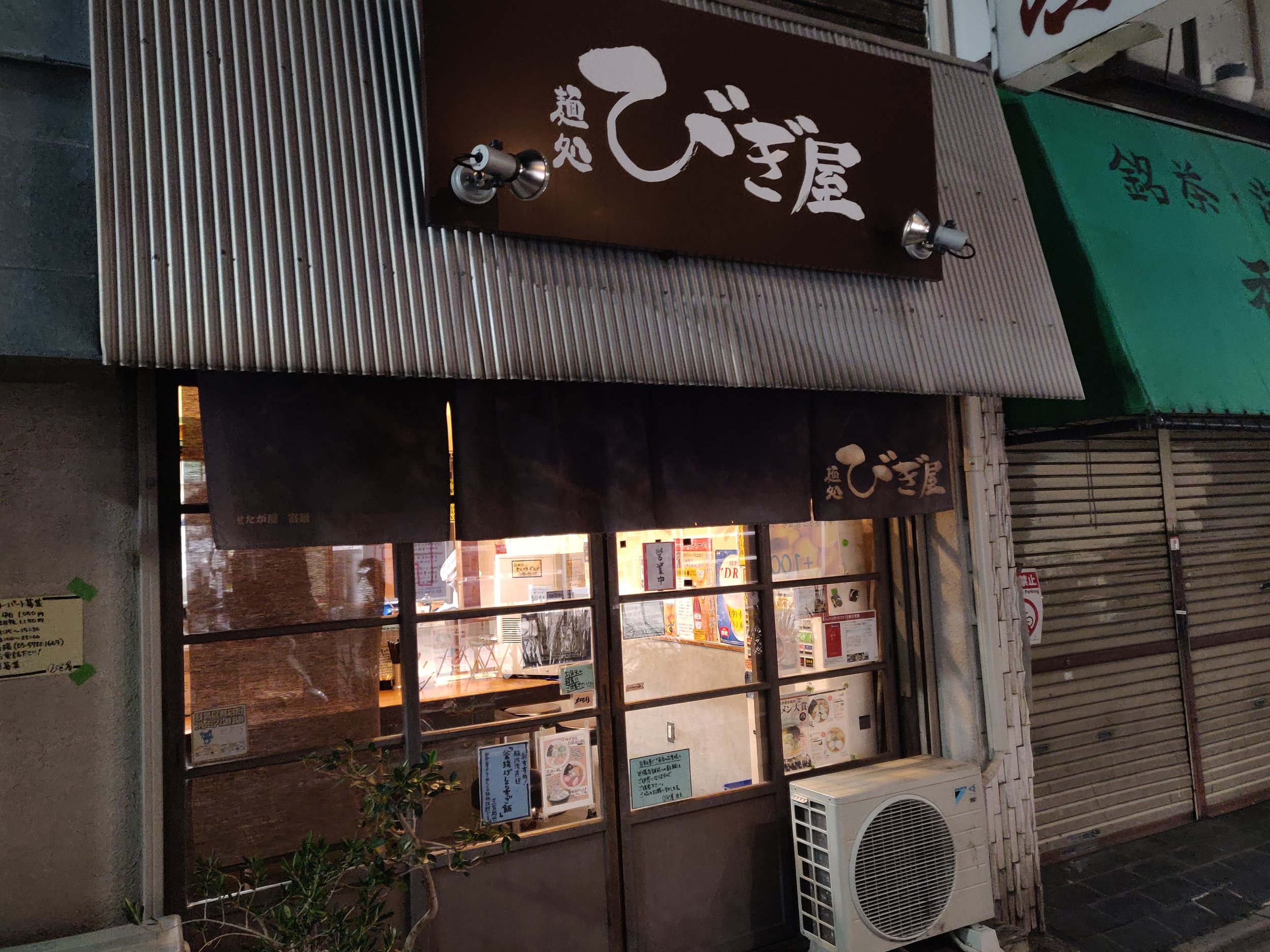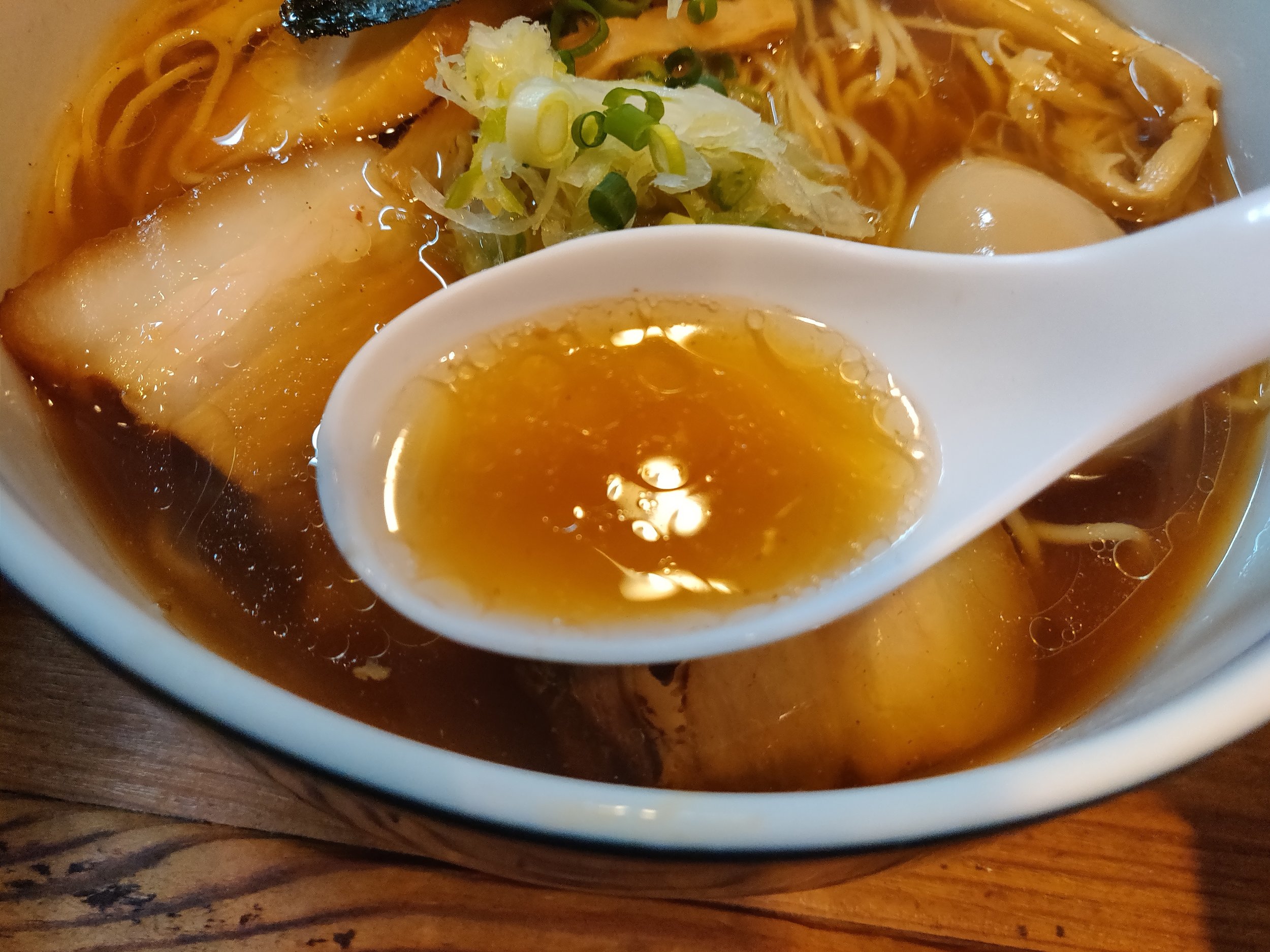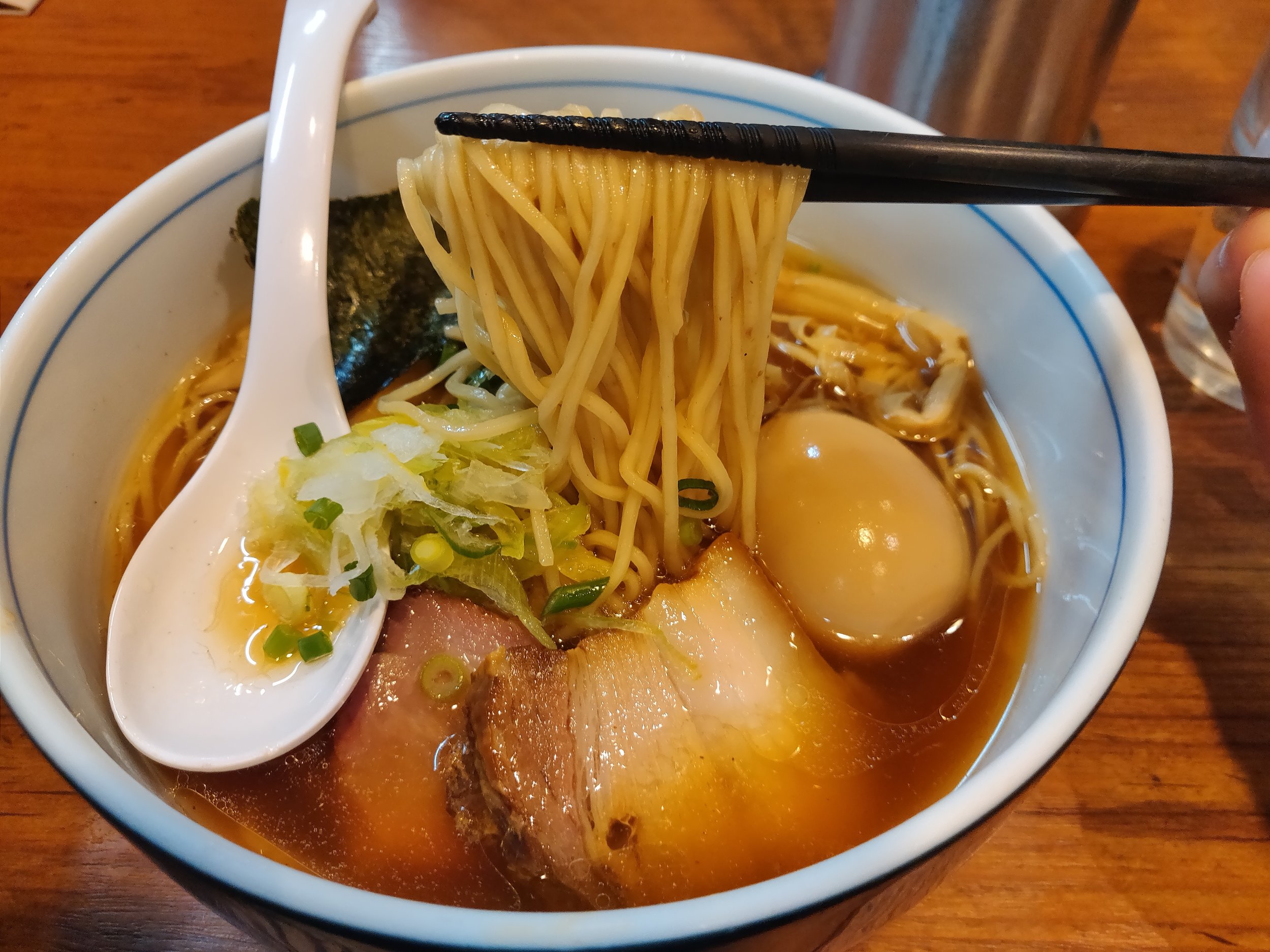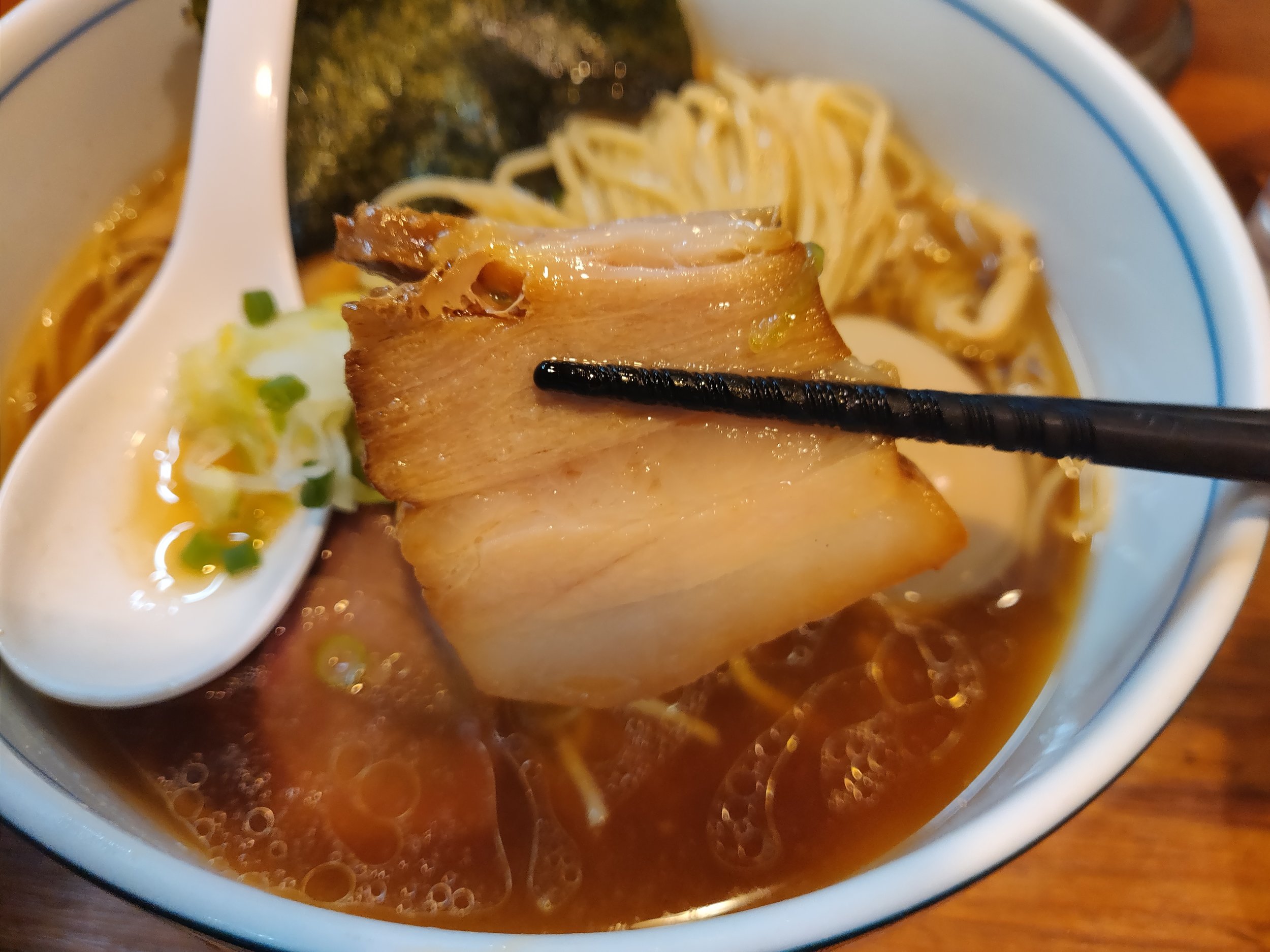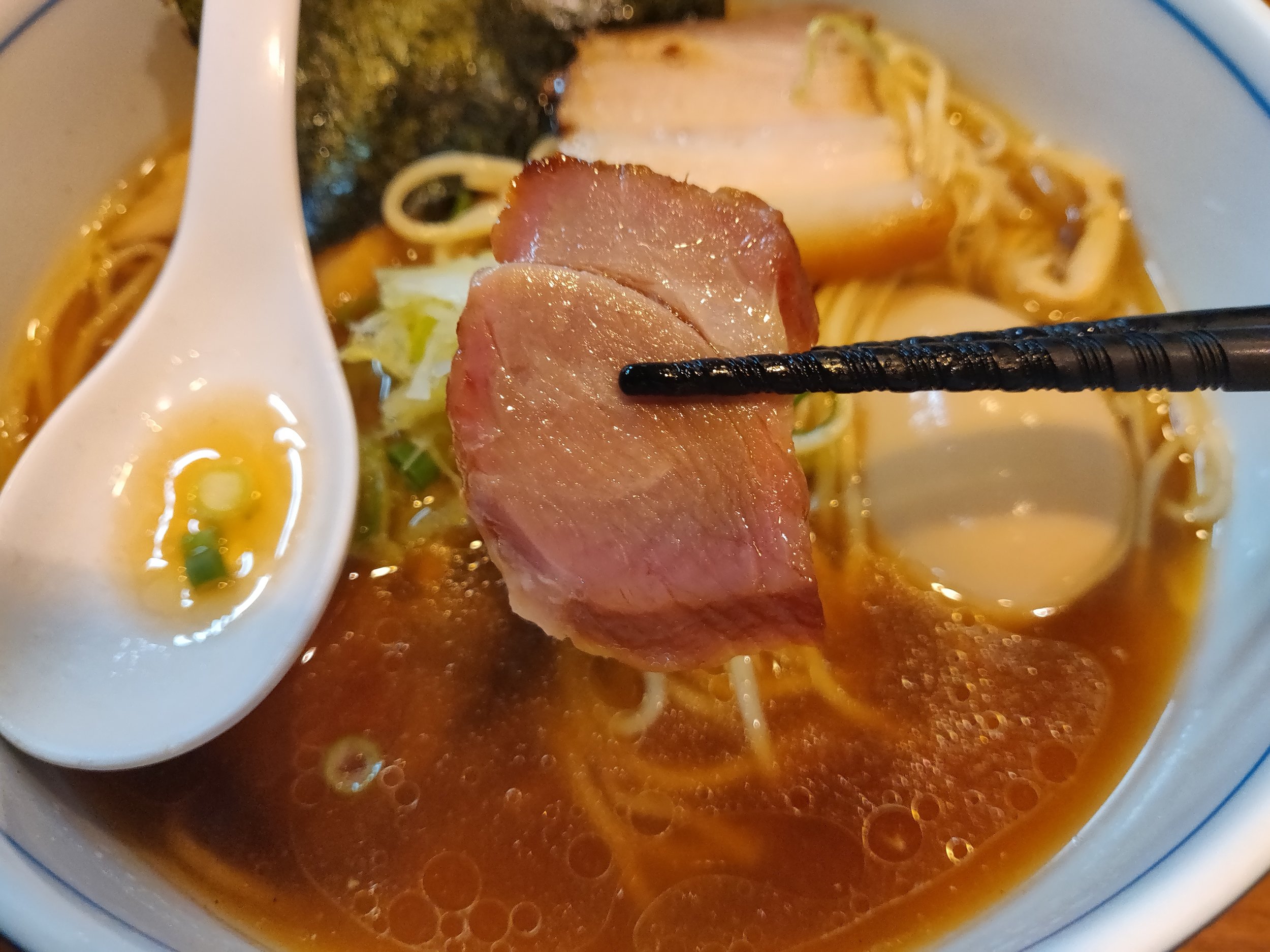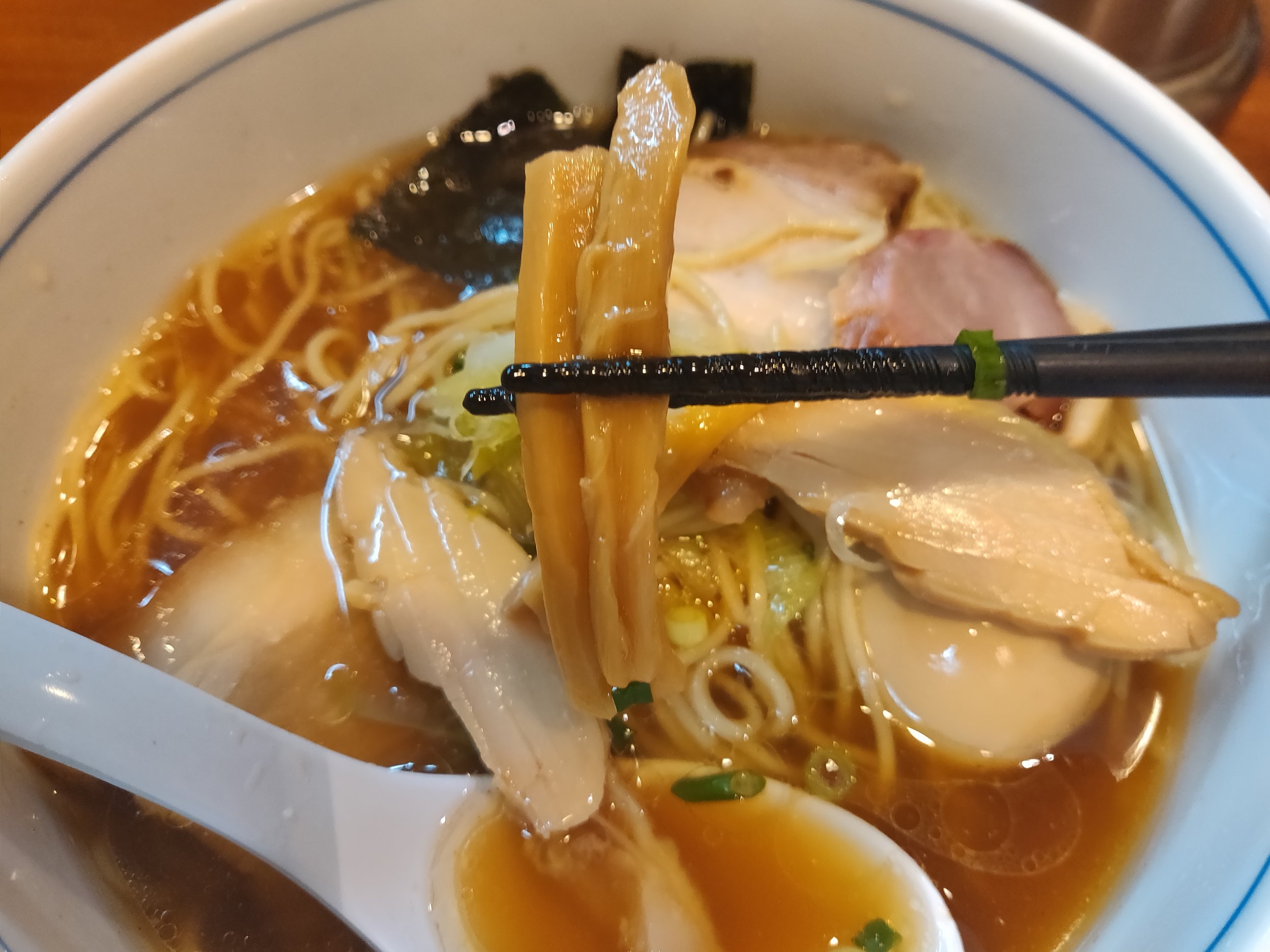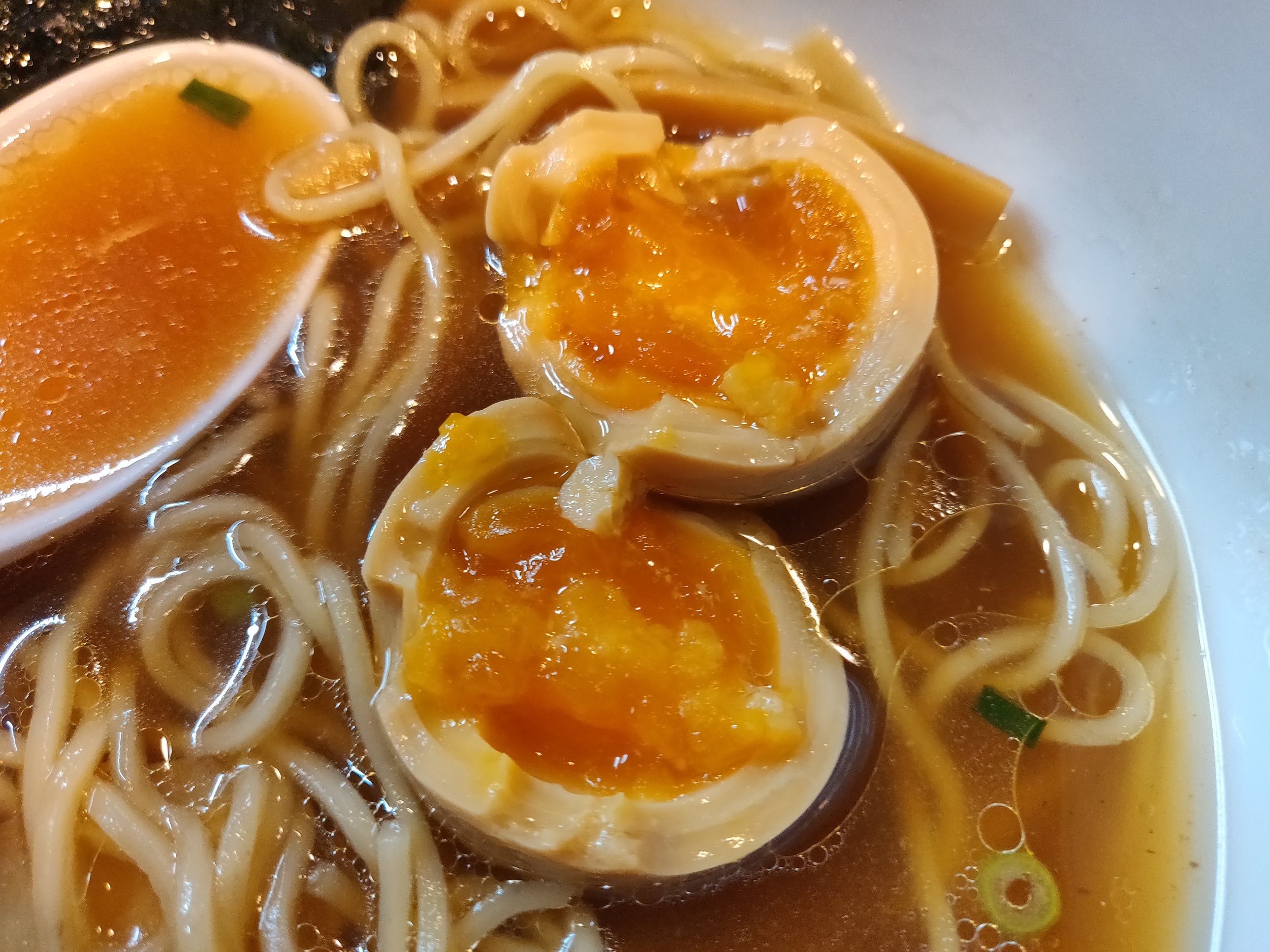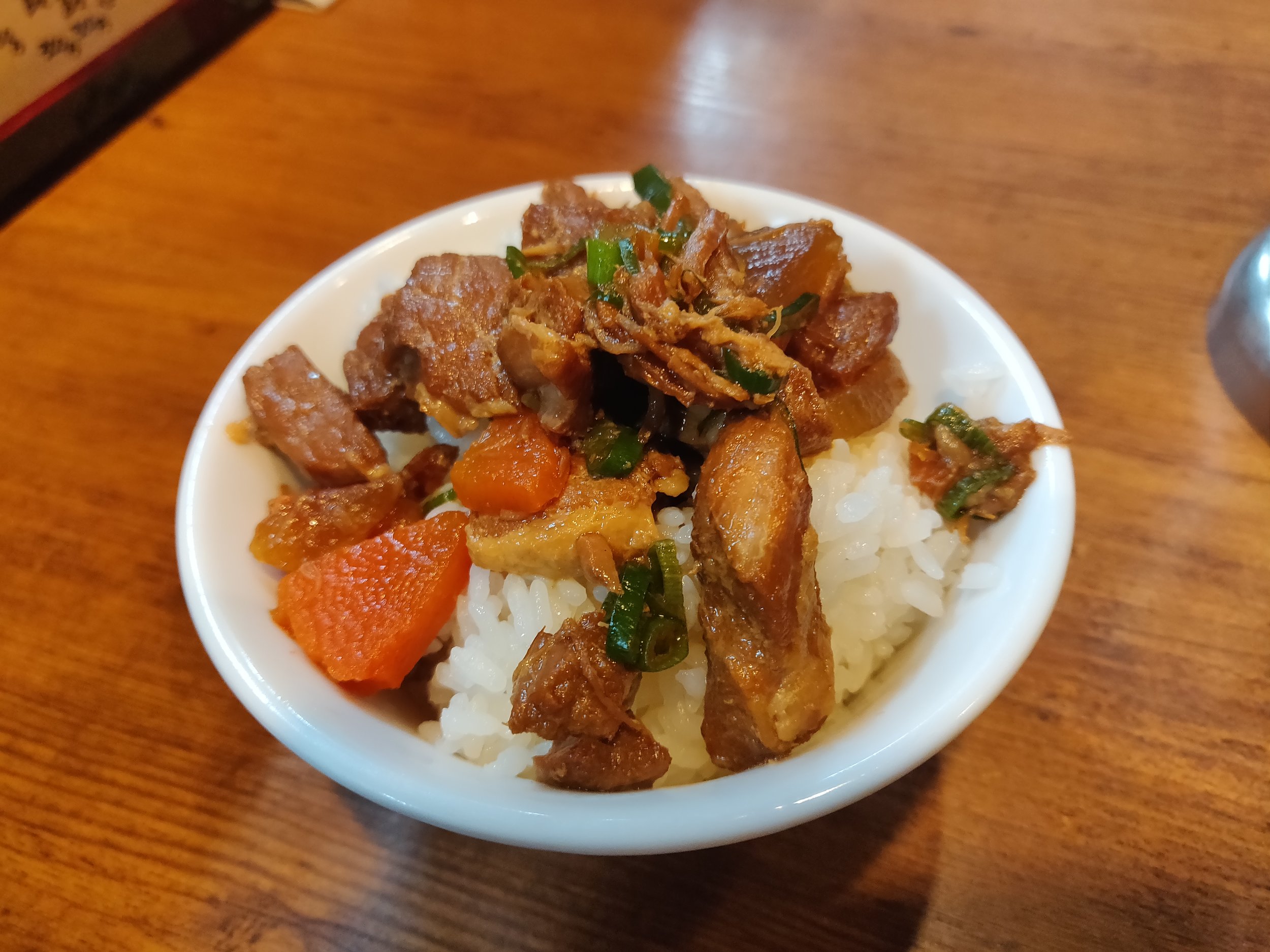Mendokoro Bigiya (麺処びぎ屋); Another Michelin Bib Gourmand, Gakugeidaigaku
Just a short distance from Gakugeidaigaku station on the Tokyu Toyoko line is Mendokoro Bigiya, a recent recipient of a Michelin Bib Gourmand. I had the pleasure of collaborating with Nama Japan and filmed a video with him regarding the shop which I linked below. Nama Japan is currently on a quest to complete every ramen restaurant on the Michelin Guide and I have already joined him at Kane Kitchen Noodles in Higashi Nagasaki if you’d like to check that out as well. Unlike a lot of the other ramen shops listed in that guide, Bigiya was quite quaint and had a very local, neighborhood restaurant vibe which I enjoyed. I was very much impressed with their bowl and glad Nama Japan invited me along!
Bigiya is closed on Tuesdays and their hours are 11:30-14:45 for lunch and 18:00-22:30 for dinner on weekdays. On weekends the shop has the same dinner hours, but open only until 14:30 for lunch, just a 15 minute difference, but be careful just in case. They didn’t seem to have an English menu when I arrived so I’ll translate the ticket machine here. On the top row are their main ramen variety of Shoyu Ramen, Shoyu Ramen with half-boiled marinated egg, Shoyu Ramen with extra char siu, and Shoyu Ramen Zembu Iri (all toppings). The second row is their rice bowl which consists of a Gomoku Buta Meshi (Five ingredient rice with roast pork) and Aburi Tori Kawa Gohan (Grilled chicken skin over rice). These two are actually ordered at the table for whatever reason so let them know if you’d like one of these bowls and hand 300 yen to the chef at the counter. The row directly below with tape across is their tsukemen which they didn’t offer at this time. Second from the bottom row started with the button on the left is the Men Oomori (extra noodles), Half-boiled Egg topping, Char Siu topping, Menma appetizer for beer, Three appetizer for beer, and canned Asahi Super Dry beer. The very bottom row is the fried shirasu white fish over rice bowl, grilled char siu over rice bowl, plain rice, medium beer on tap, and small beer on tap. Press the button to the far right on the machine to get your change! I opted for the Shoyu Ramen Zembu Iri (all toppings) and a bowl of the Gomoku Buta Meshi (Five ingredient rice with roast pork) while Nama Japan ordered the same ramen with the Aburi Tori Kawa Gohan (Grilled chicken skin over rice).
The ramen here is a pretty traditional chintan soup with shoyu tare seasoning. I got hints of ginger, possibly leek, and a bit of pork in addition to the chicken bones which rounded out to a pretty refreshing soup. The shoyu tare was quite mild in flavor and didn’t leave much of a lingering aftertaste in my mouth. Ginger was a really good addition as it helped curb any distinct smells a chicken and pork chintan soup might give off and made it very enjoyable. Soup itself is a pretty stark difference from what I have been used to so far on my way around the Michelin Guide restaurants as it is definitely a lot less refined than the other shops. Given its location by a major Tokyo university, I imagine they have a lot of local, hungry students coming in getting a neighborhood ramen fix and they cater to that clientele. The shop decor is a big indicator of that as it was more reminiscent of an Izakaya drinking hole than a Michelin Bib Gourmand restaurant. I’m a fan of this vibe and atmosphere as it maintains its simple roots as just a ramen shop and not going overboard purely for the recognition. The soup reflected that culture and atmosphere and I enjoyed it because of it.
The noodles seem to be outsourced as is the norm nowadays with how expensive it is to make (shout out to Mike “/u/ramen_lord” Satinover for the breakdown of noodle pricing). However, they must have had some good conversation and planning with their noodle manufacturer as they paired incredibly well with the soup. It’s pretty high on the alkaline given its color, but has some great flavor and nuttiness from the wheat flour they use. I would guess it’s been aged a bit to give it a bit of that texture as it had a nice springiness and good chew. Again, shout out to the ramen for the quick course on everything noodles.
One thing I wasn’t a huge fan of is they go pretty overboard with their toppings. My go to is always Tokusei, or Zemburi Iri in the case of Bigiya, so I tend to set myself up for this disappointment when I overload the toppings myself, but usually they tend to mesh together quite nice. What I noticed at Bigiya however is that their clientele are hungry students and salarymen living in the area grabbing a late night dinner after a long day of work. Therefore, they really try to give you a good bang for your buck, but it was a bit much for someone like myself looking just to enjoy the bowl. It’s not like the toppings individually were bad, they were all good, however there was so much of it and they tended not to come together as a cohesive dish in my opinion. Three different char siu was used in the Zenbu Iri; roast pork, charred pork, and sous vide chicken. Individually the protein preparation was great. The roast pork had the traditional Chinese red hue and the flavors it brings along with it. The charred pork belly had a good ratio of fat and meat that made it both tender and chewy, with the fond of the char giving great flavor and aroma. The sous vide chicken was cooked to perfection, keeping its moisture, but still able to soak in some of the flavors of the soup. Overall though I didn’t feel them meshing together quite well. From my own personal perspective, the ginger of the soup (which I loved) changed the flavor of the different char siu slices to different ends of the flavor spectrum. The sous vide chicken starting tasting a bit like a Hainanese Chicken because of the ginger, soy sauce, and sesame seed oil vibes. The Chinese red roast pork just didn’t pair well with the ginger at all to be frank while the the roast pork actually had a nice flavor enhancement with the soup, but clashed with the chicken sous vide. However, the menma bamboo shoots and egg was cooked to perfection with the bamboo shoots giving a nice tangy fermented flavor and the egg bringing a nice soy sauce marinade. The thin cut green onions rounded out the bowl adding some much needed refreshing crunch to break through some of the fat and oils.
I’m not quite sure what I was expecting when I got my rice bowl, but it actually wasn’t this. Not that this was bad, just had a different perception of what this would look like based off the name of the dish. Gomoku Gohan is usually rice steamed with a variety of five flavors and toppings. This was actually the pork sauteed with five ingredients. Nothing wrong with it, just figured I’d note it down here in case anyone reading would think the same as I did. The flavor of the pork is like a condensed Niku Jyaga, or Japanese beef and potato dish. I’m not the biggest fan of Niku Jyaga so I wasn’t particularly fond of it, but I can see how this could be loved as I am an outlier of Japanese people not liking this dish. It gives off a very motherly cooking vibes and I imagine this is how old grandmas would make this dish. The tori kawa, or chicken skin, rice bowl that Nama Japan ordered was phenomenal however and I really wish I had ordered that for myself as well. Thankfully, Nama Japan allowed me a couple bites so I was at least able to get the flavor of it.
Overall, Bigiya is a solid, no frills ramen restaurant. No fancy decor or ingredients. Just a local ramen establishment loved by the neighborhood people and just so happened to get recognized by the Michelin Guide. I really like that they didn’t let this recognition get them over confident and still pumps out bowl after bowl of what they’re known and loved for. Was it my favorite of the Michelin Guide list? Probably not, but I can appreciate the atmosphere, culture, and vibe they’e trying to send out and enjoyed my time. If you make it out to Bigiya, or have gone there before, don’t be shy! Let me know on my social media platforms what you thought of their ramen. Would love to hear from all of you your thoughts on the restaurant. And a special thanks to Nama Japan for inviting me out again. Make sure to check out his video above and like, comment and subscribe!
